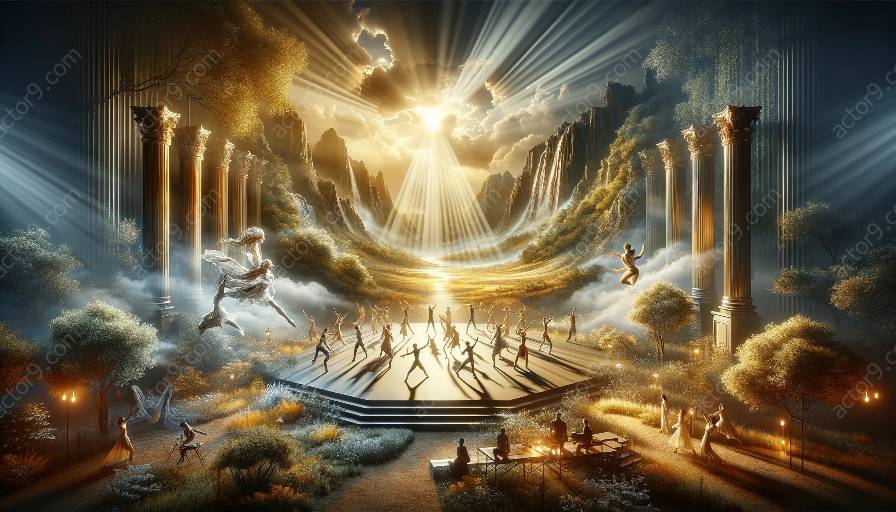Physical theatre is a unique form of performance art that combines movement, acting, and storytelling in a visually captivating way. One of the key elements that contribute to the immersive experience in physical theatre is the use of lighting. Lighting plays a crucial role in setting the mood, highlighting emotions, and guiding the audience's focus.
Challenges in Using Lighting for Physical Theatre
While the use of lighting can greatly enhance the overall experience in physical theatre, it also presents several challenges. One of the main challenges is achieving the right balance between visibility and ambiance. The lighting needs to be sufficient for the audience to see the performers clearly, while also creating the desired atmosphere that aligns with the performance.
Another challenge is the coordination of lighting with the movements and actions of the performers. In physical theatre, where movements are a central aspect of the performance, the lighting design must be synchronized with the choreography to create seamless transitions and highlight key moments.
Opportunities in Using Lighting for Physical Theatre
Despite the challenges, using lighting in physical theatre also presents exciting opportunities. One of the opportunities lies in the ability to enhance the storytelling through light. By strategically using different lighting techniques, physical theatre performances can create dynamic visual narratives that engage the audience on a deeper level.
Lighting also offers the opportunity to transform the space and create immersive environments. With the use of innovative lighting designs, physical theatre can transport the audience to different worlds and evoke powerful emotions through the manipulation of light and shadow.
The Role of Lighting in Creating Immersive Experiences
Lighting is an integral part of the overall experience in physical theatre. It has the power to evoke different moods, convey emotions, and guide the audience's attention. By carefully designing and executing lighting elements, physical theatre productions can take the audience on a captivating journey that resonates on a sensory and emotional level.
In conclusion, the challenges and opportunities in using lighting to create an immersive experience in physical theatre are intertwined. While it poses technical and creative challenges, it also opens doors for innovative storytelling and immersive environments that enrich the overall performance.




































